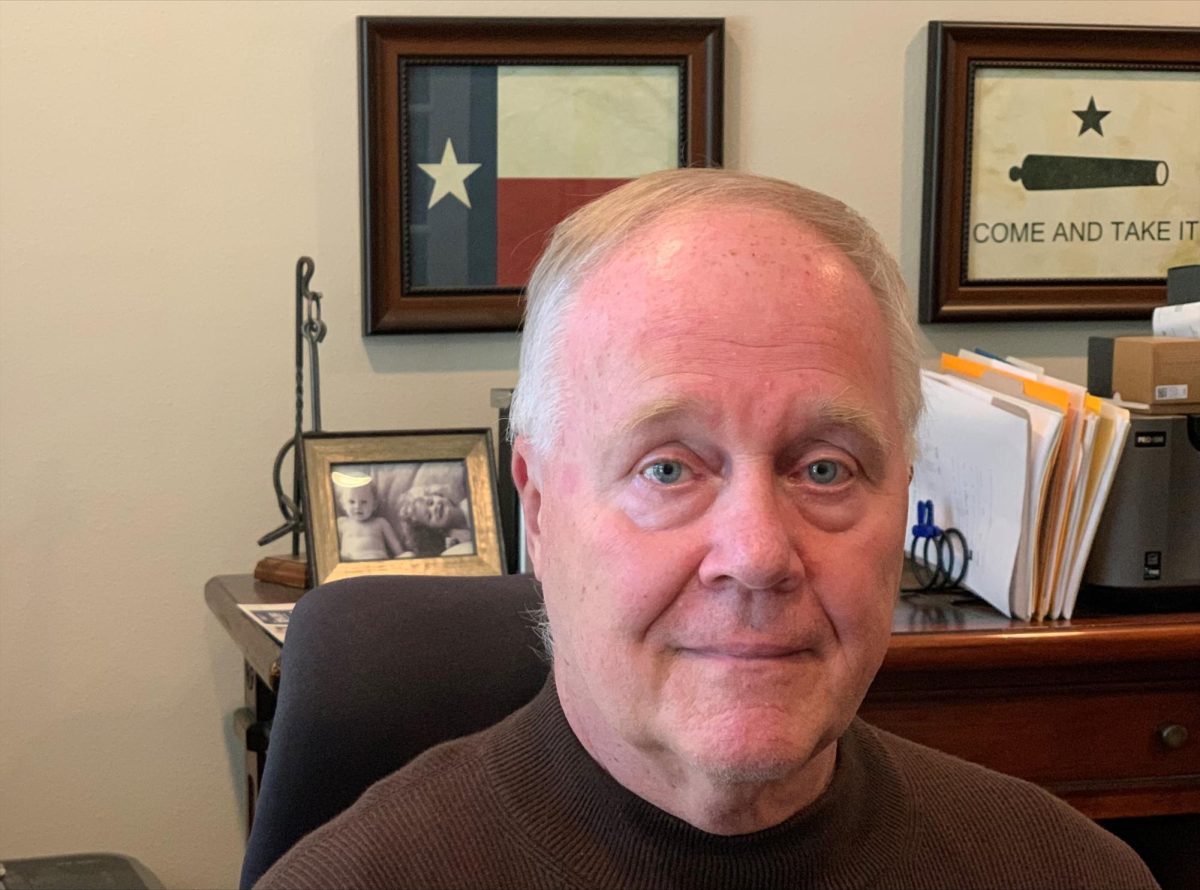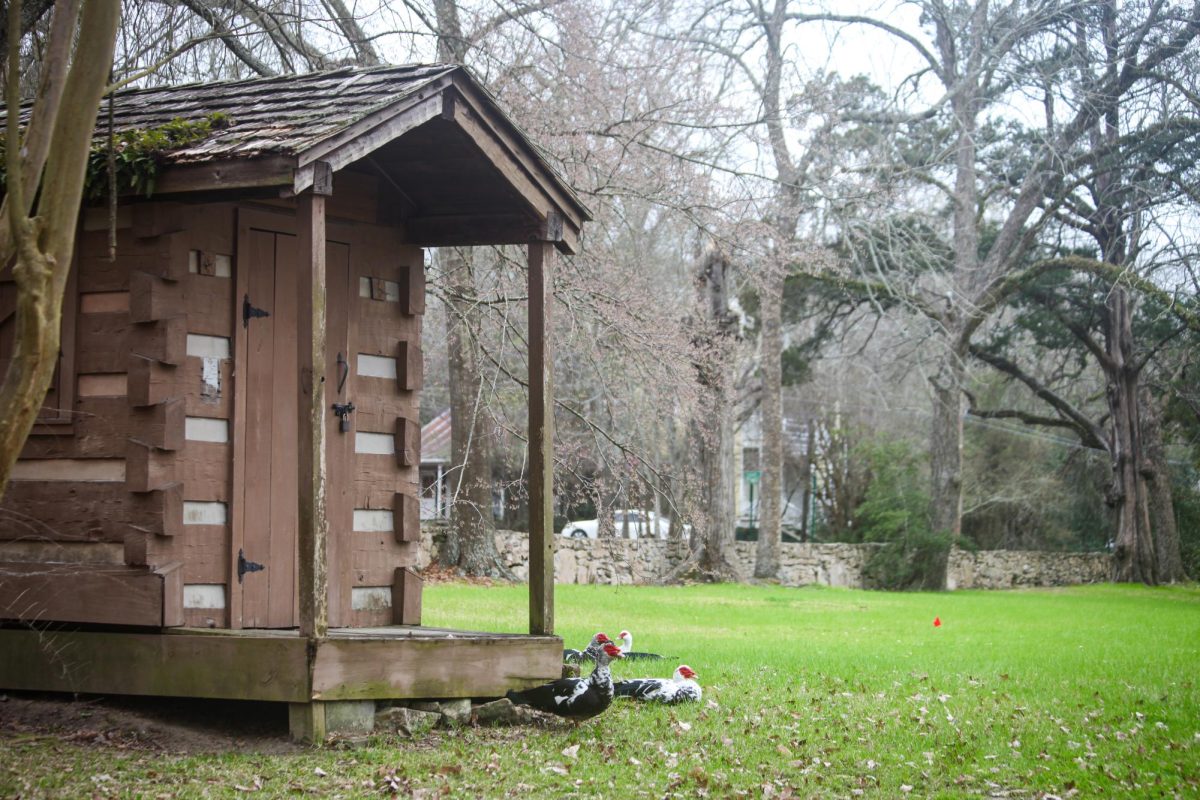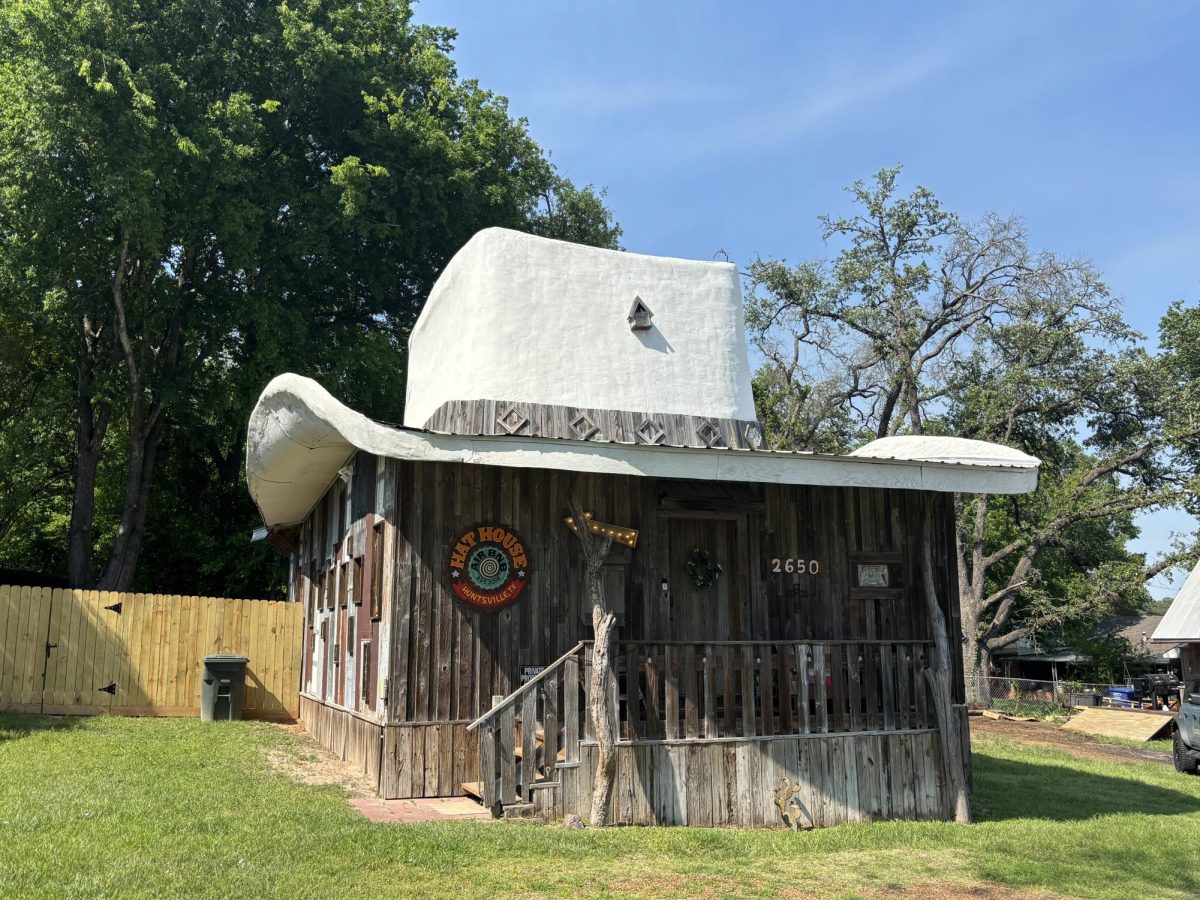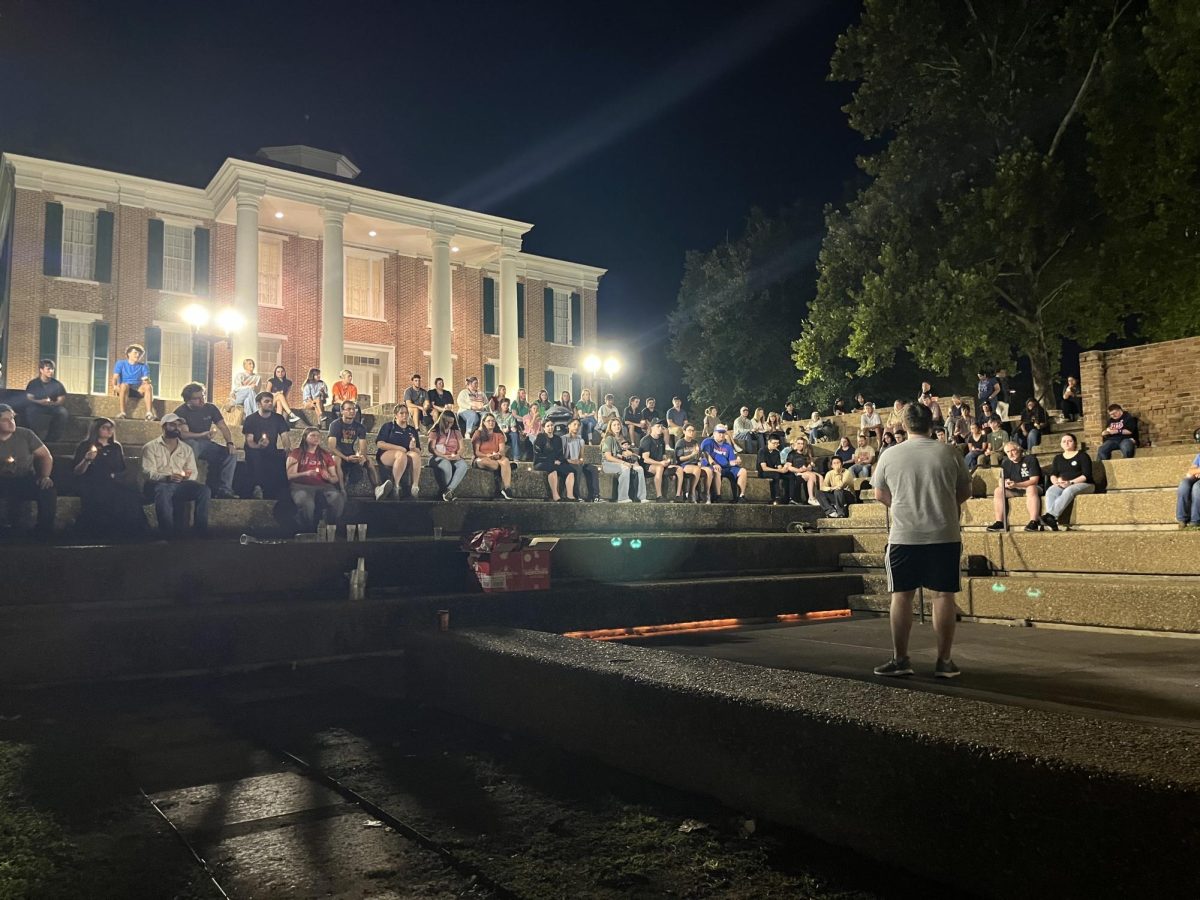Veteran journalist Michael Graczyk is the only person living today who has seen over 400 executions in Texas.
Occasionally, he’s been asked, “How long does a lethal injection take to kill someone?” In 1998, Johnathan Nobles was set to be executed. He sat on death row for 12 years, having been convicted of stabbing two women to death and leaving an additional male victim with one less eye.
Graczyk was in the room to witness Nobles being put to death.
When Nobles was injected with pentobarbital, he began singing “Silent Night.” He made it to the verse “round yon virgin, mother and child” before gasping and losing consciousness.
Christmas has never been the same for Graczyk.
“If I’m at church on Christmas Eve or Christmas Day and the choir and everyone is singing Silent Night, and they’re thinking of the joy of the season, it’s me that is thinking of Jonathan Nobles,” Graczyk said.
Graczyk started his journalism career in Detroit, working for the Associated Press. He worked in his hometown for over 10 years before starting a new job managing Houston’s Associated Press Bureau in 1983.
Graczyk told The Houstonian that he didn’t know what to expect when he came to Texas. As part of his duties, he was assigned to cover the Texas Department of Corrections (now known as the Texas Department of Criminal Justice). He knew he had to cover executions, but coming from a non-death penalty state, he had much to learn.
The first execution that he attended was in 1986 for Jeffery Barney. According to the Texas Department of Criminal Justice Media Witness List, Graczyk’s name is listed 464 times, though this list is missing a few executions. Graczyk says he stopped counting.
Phones and recording devices are not allowed in the execution chamber. Graczyk said he always took copious notes, drew pictures, and even drew a map showing where all the people were standing and what they were doing.
“Despite what Hollywood may tell you, there are no seats. You stand, and the room is quite small,” he explained. “It’s important for you to try to get a spot so you can see, so you can take good notes, so when you come out, you can report your story well.”
Graczyk has had a few memorable moments throughout his career. He noted how Bob Black had directly talked to him before his execution. Graczyk had previously interviewed Black to develop his report. In the chamber, Black remarked, “Hey Mike, how are you doing?”
Graczyk always tried to reach out to the victims’ and inmates’ families. Sometimes, the victims’ families didn’t want to talk, or some had prepared statements.
After seeing and reporting on hundreds of executions, Graczyk had some advice for journalists interested in this field.
“It’s not about you … that is everything,” Graczyk said. “It’s not about you. And it goes for reporting from the death house to going out on the street to doing disasters, whatever. It’s not about you. It just isn’t.”
Graczyk covered more than just capital punishment in Houston: “For me, it’s important that folks realize that was not the only assignment that I was in charge of or supposed to handle.”
Graczyk has special connections to Huntsville beyond just The Walls Unit. His son, Christopher, graduated from Sam Houston State University in 2002 and is now a photojournalist at ABC13 in Houston.
Graczyk covered natural disasters, crashes, murders, the courts, sports, and even got to fly the Goodyear blimp in his career. He acknowledges that capital punishment is the “baggage” he carries.
“I can’t avoid it,” Gracyk said. “There was a time when I decided I didn’t wanna be recognized totally for that, but it is what it is, as they say. I would hope that people who I’ve dealt with or who I’ve reported on and who have read stories that I’ve written about will say that he did a good job, and he was fair, he was accurate.”














